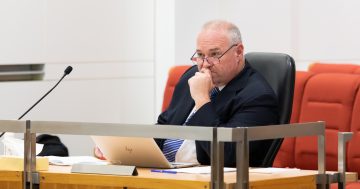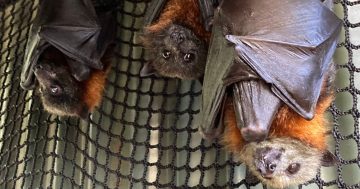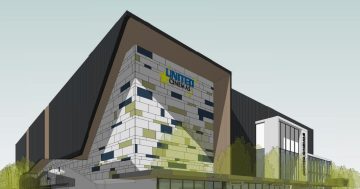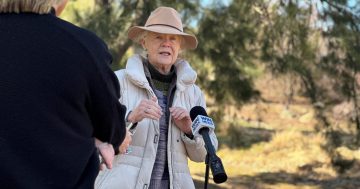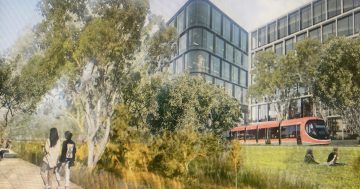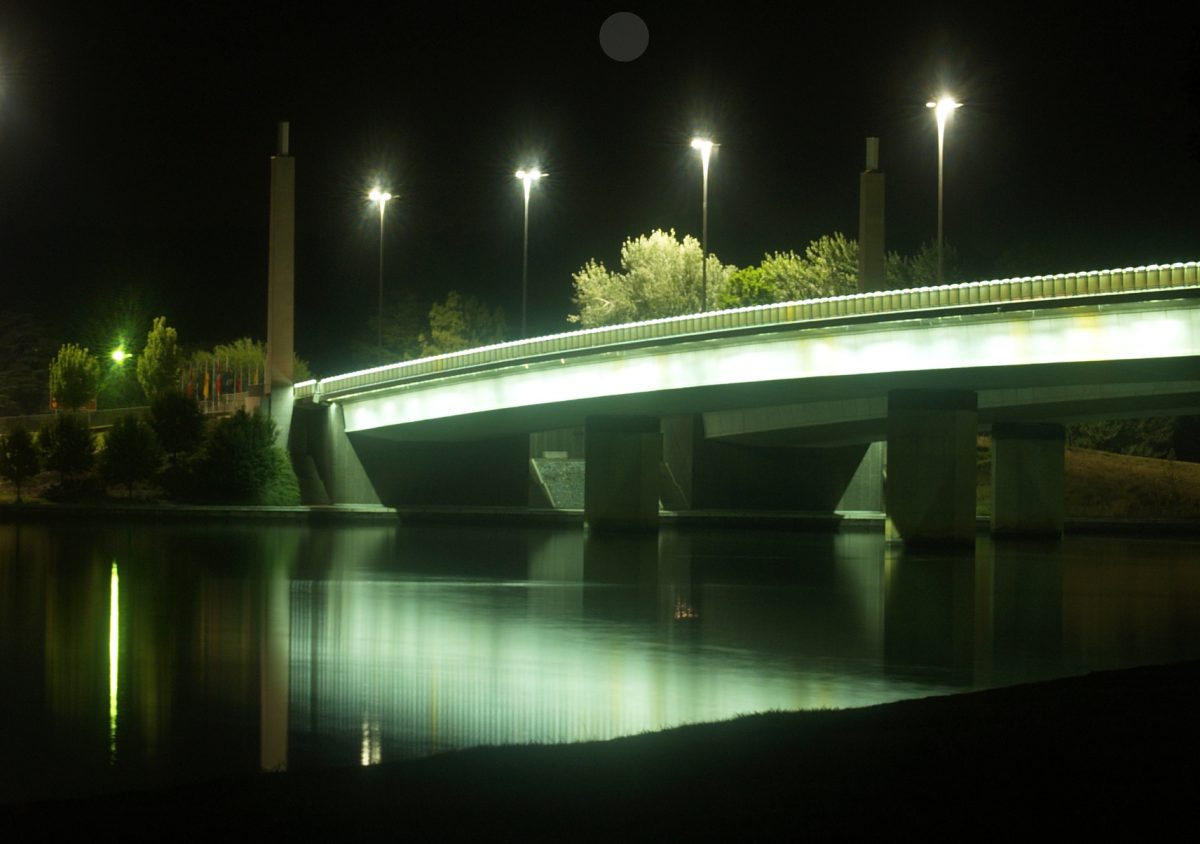
Andrew Braddock is calling for “thoughtful best practice lighting design”. Photo: Colin214.
Outdoor lighting is essential to ensure people can travel safely at nighttime and use public spaces effectively when it’s dark. But excessive artificial lighting can be expensive and wasteful, harmful to our native wildlife, and stops us from seeing a beautiful starry sky at night.
Greens MLA Andrew Braddock moved a motion calling on the ACT Government to implement best practice lighting principles in Canberra’s neighbourhoods and public spaces.
“It’s estimated that light pollution is increasing by 6 per cent every year … and we need to do something about it,” he said.
“Improving the way we light our public spaces at night will make them safer and more attractive. Whether it be in our town centres, in our heritage and tourism precincts, or in our suburbs, improved lighting will lower energy costs, help our wildlife, improve human health and wellbeing, all while creating business and tourism opportunities.”
Mr Braddock offered several recommendations for the ACT Government to consider adopting better lighting practices and for the government to begin updating municipal infrastructure standards for public lighting this parliamentary term.
The motion was passed on Tuesday (27 June), with members of all parties speaking in support of the benefits of better lighting standards in the ACT.
Mr Braddock argued that lighting design in the ACT generally prioritises the needs of roads and urban centres and can neglect other spaces.
“In some parts of the city, light is everywhere, streaming out of the windows of deserted office buildings, dazzling us with glare, flooding acres of pavement and roadways,” he said.
“Unattended businesses and car parks can be lit like prisons, with harsh, white lighting that blinds and discourages pedestrians, diminishing their perception of safety.”
At the same time, other parts of the city need more light, for people to feel safer when travelling at night.
“It is well documented that women and vulnerable people are less likely to catch a bus after dark that requires them to wait at an unlit bus stop,” he said.
Mr Braddock said addressing these conflicting needs of “safety versus starlight” and “human needs versus those of wildlife” is essential.
He noted that lighting design isn’t just about the amount of light, but also about the direction, quality and intensity of that light, which is why it’s important to consider best practice principles.
This means starting with natural darkness and only adding light for specific purposes, only lighting places that need to be lit, and using adaptive controls to turn lighting down when it is not required.
“It might sound counterintuitive, but brighter does not necessarily mean safer,” he said, noting that lighting can often be positioned in the wrong place, making it obstructive.
Mr Braddock also recommends using warm lights rather than stark, cool white lights, which are currently used across most of the ACT. While this type of lighting is optimised for fast road environments, warmer light is more inviting in public spaces.
All three parties backed Mr Braddock’s motion.
“Certainly, we’re all on board when it comes to improving public lighting in the interests of all the things Mr Braddock has mentioned: public safety, nighttime activity, diminishing light pollution,” Liberal MLA Mark Parton said, noting the importance of ensuring paths and cycleways are well lit to encourage active travel.
Minister for Transport and City Services Chris Steel MLA said the government will continue its commitment to improving public lighting in the 2023/24 Budget.
“The ACT Government manages an extensive public lighting network of over 80,000 lights across our streets, active travel network, public parks and open spaces. This expansive network is supported by new lighting investment as part of a range of projects that the government delivers,” he said.
New public lighting will be included in upgrades at Telopea Park, Garema Place, Lake Ginninderra and Yerrabi Pond, Minister Steel said.
Minister for the Environment Rebecca Vassarotti spoke on the importance of better lighting to benefit the ACT’s native wildlife.
“We have native insects and animals such as bogong moths and microbats that have evolved without exposure to light at night. Bright lights confuse them, as we’ve seen from the pictures of Parliament House covered in bogong moths,” she said.
“If we use best practice lighting design, we can ensure that our lights are appropriately warm and shielded … This is especially important on the outskirts of our cities, where we need to avoid light penetrating into unlit bushland and nature corridors.”












